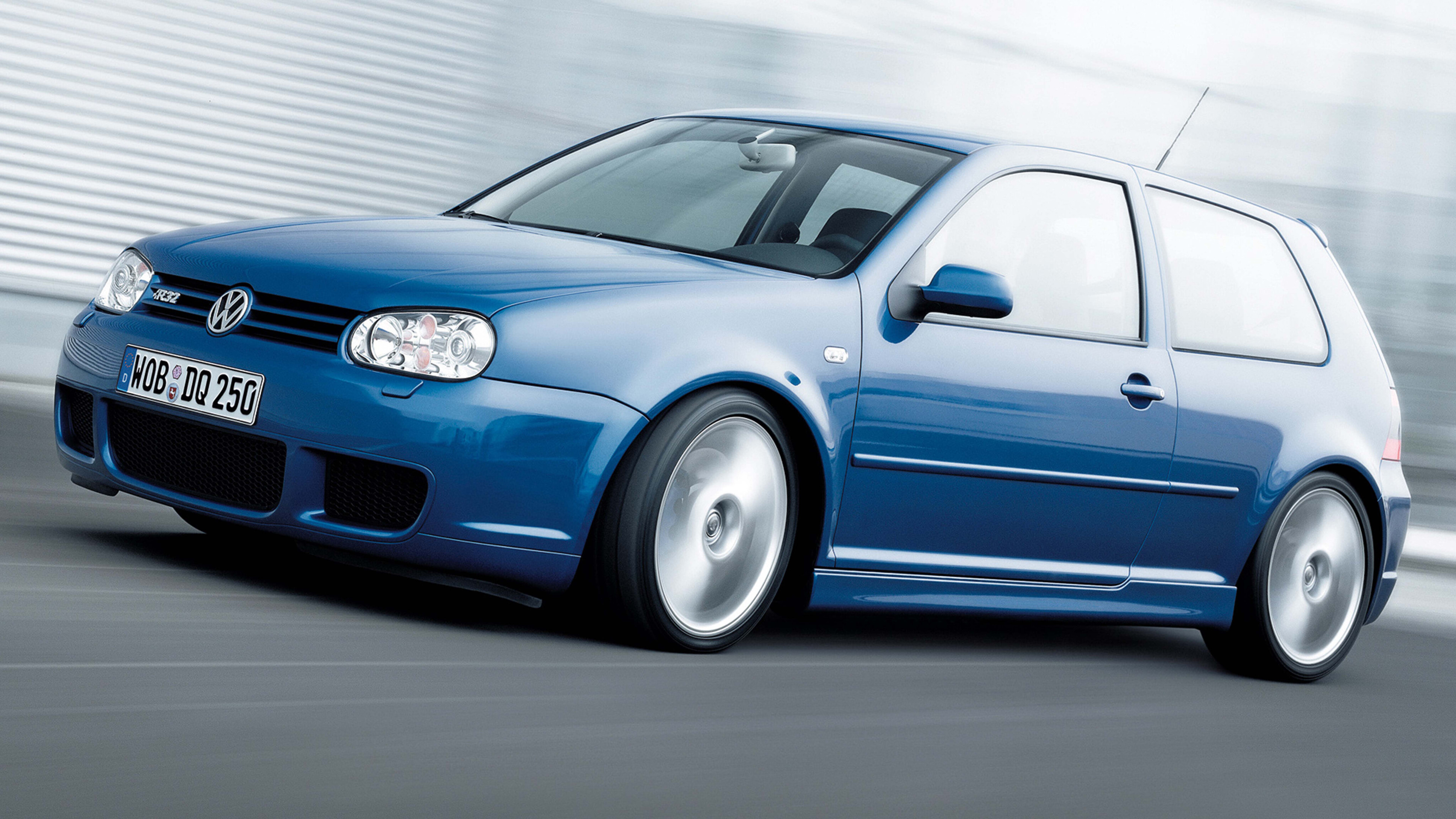
Fifty years ago this month, production began on the Volkswagen Golf, with sales starting in May.
Few who worked on development project EA337 would ever grasp the scope of its success, but everybody who was involved realised what was at stake: the very survival of Volkswagen as a corporate entity.
In effect, Volkswagen was caught in the eye of the perfect storm – the cumulative effect of a series of disconnected events had brought the company to its knees. Opel and Ford had halved Volkswagen’s domestic market share with newer, more appealing products.

The company’s sales had tanked in the US due firstly to safety concerns and then the effects of the ‘Nixon shock’, when the US government ended convertibility of the dollar to gold, causing the Deutsche Mark to ride by 40 percent against the greenback in 1971.
The answer had been hiding in plain sight for a long time. The Beetle’s best days were behind it but who could take on the design work for its predecessor?
When Kurt Lotz, Director General of VW, attended the 1969 Turin Show as a guest of Italian importer Gerhard Gumpert, the two executives compiled a list of their six favourite cars from the event. Four were styled by the same man – Giorgetto Giugiaro.

His clean planes and adaptable three- and five-door hatchback silhouette would go on to become his career’s defining work, following closely on the release of the 1973 Passat and Scirocco models.
This list is by no means a list of the most important Golfs ever to be built. It’s a celebration of the ones we love the most. Ask a motoring journalist what car you should buy and you may well get a short and standard answer. “Just buy a Golf.”
That advice still stands half a century and 37 million units later.
JUMP AHEAD
- 1. Mk1 GTI
- 2. Mk2 G60 Limited
- 3. Mk5 GTI
- 4. Mk2 GTI 16V
- 5. Mk7.5 GTI Clubsport
- 6. Mk8 R
- 7. Mk4 R32
- 8. Mk2 Country
- 9. Mk5 GTI W12-650
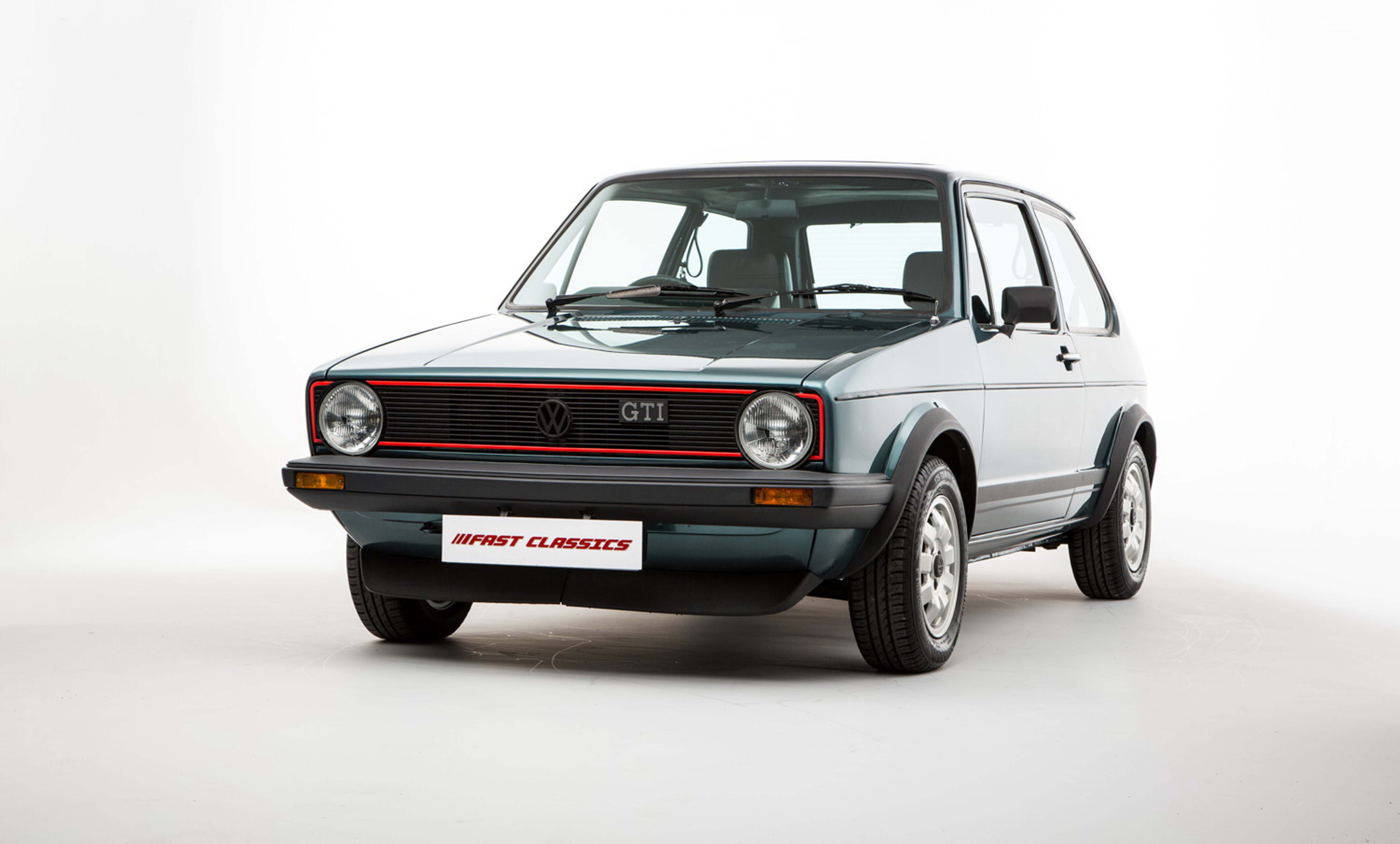
1. Mk1 GTI
It all starts with this. Sort of
Want to start an argument in the Wheels office? Simply ask what was the first hot hatch, step away and watch the mayhem ensue. Granted, that’s a piece of trollery par excellence, but there wouldn’t be any nailing their colours to a mast marked Golf GTI.
Yet it’s likely that the original pocket-rocket Golf would nail every vote for the car that popularised the genre. This was a car that Wolfsburg had doubts whether it would sell its production quota of 5000 cars. By the time the last Mk1 rolled off the lines, it was joining more than 460,000 others with exultant owners.
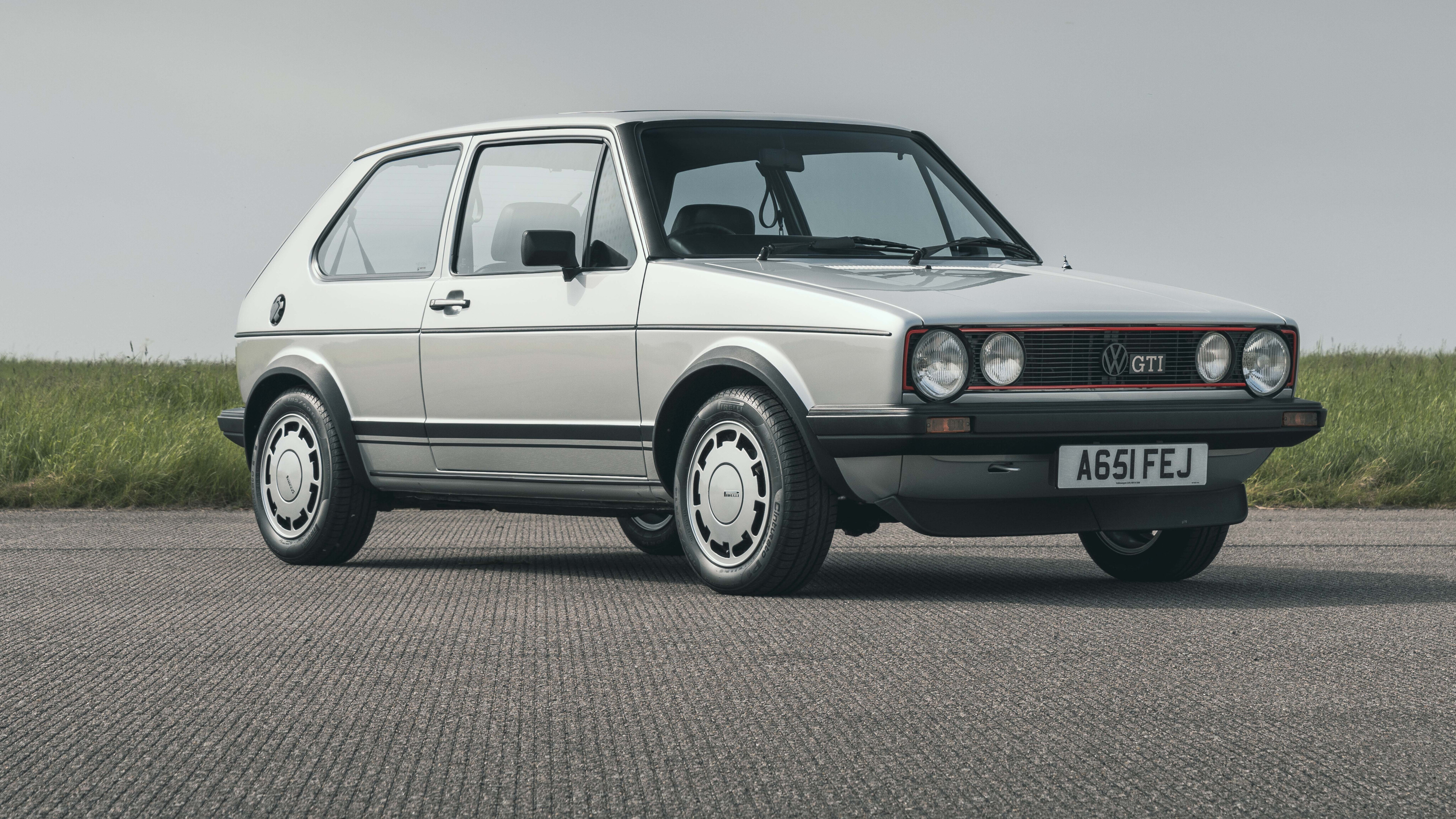
The GTI program was not a politically easy decision for Volkswagen to force through. Just two years previously, the company had become the target of a whole heap of opprobrium for launching the go-faster Beetle 1303 S.
Unveiling a hot (37kW!) Beetle in the teeth of the 1973 oil crisis even saw Volkswagen denounced in the German parliament, so perhaps it’s understandable that the limited-run Golf GTI was a very tentative toe back into that particular water.
While 82kW might seem hilariously quaint in an era of 300kW hatches, it had just 845kg to punt up the road, and its formula of doughty Golf reliability, a measure of practicality, a certain discretion and no small serving of fun ensured that the GTI would spawn a whole host of successors. Some would better it in terms of dynamics but none could ever come close to its legacy.
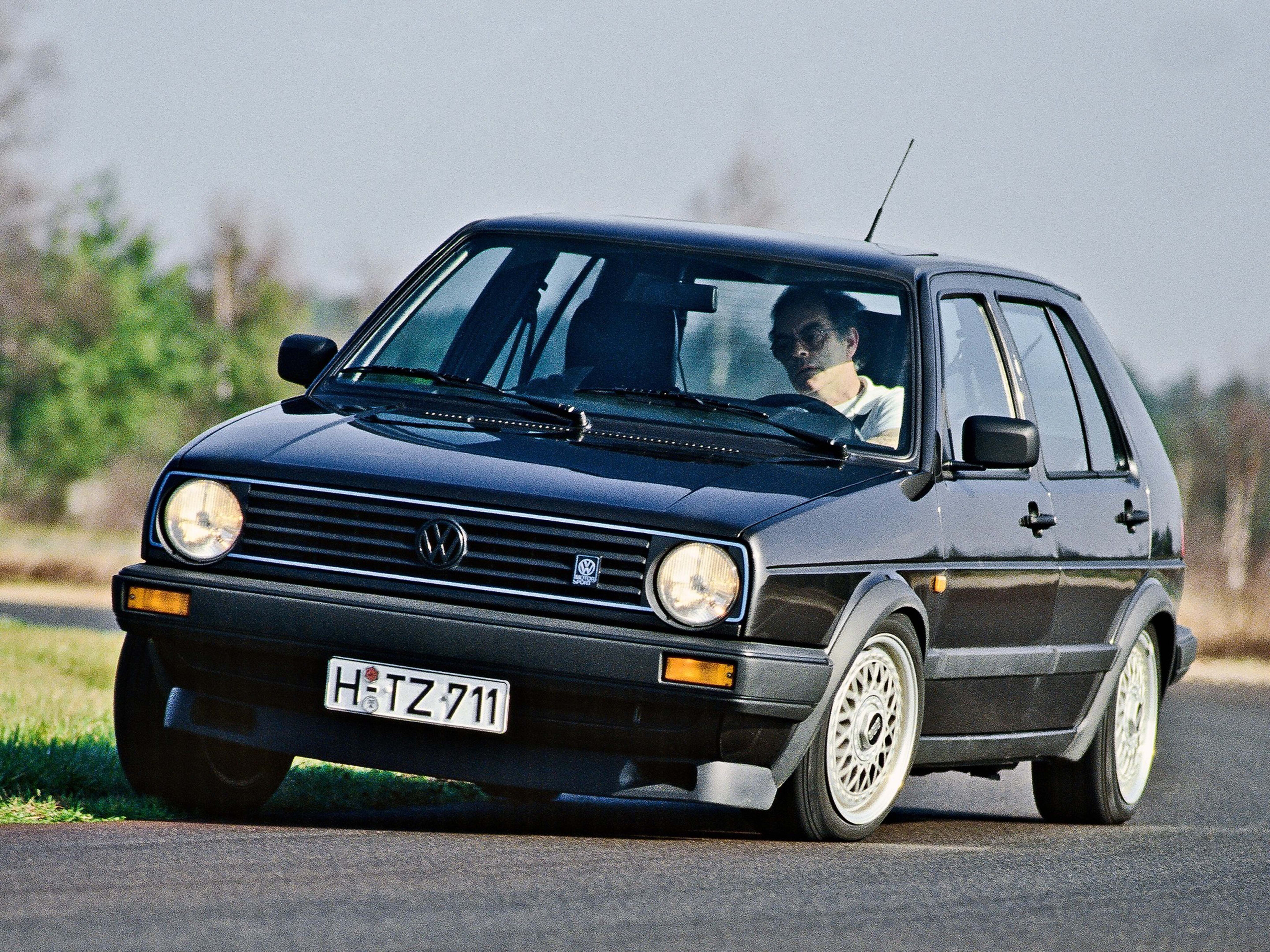
2. Mk2 G60 Limited
Low-key high achiever
There are sleeper cars and then there’s the Mk2 Golf Limited. You’ll be forgiven if you’re not familiar with this one because only 71 were ever built and, as far as we’re aware, none of these left-hookers ever made their way Down Under. We’re missing out.
The bones of the car, assembled by the VW Motorsport division, are phenomenal. While the box-arched Rallye looked like the homologation hero car of the Mk2 range, the low-key Limited trounced it. It used the 1.8-litre block with the G60 supercharger and made 157kW (versus the Rallye’s 119kW) courtesy of the multi-valve head from the Golf GTI 16V.
This offered the forced induction low-end of the G60 models with the musical top notes of the 16V cars. This power was routed via the all-wheel-drive Golf Syncro hardware for ultimate grip off the line. Zero to 100km/h came up in a whisker over six seconds.
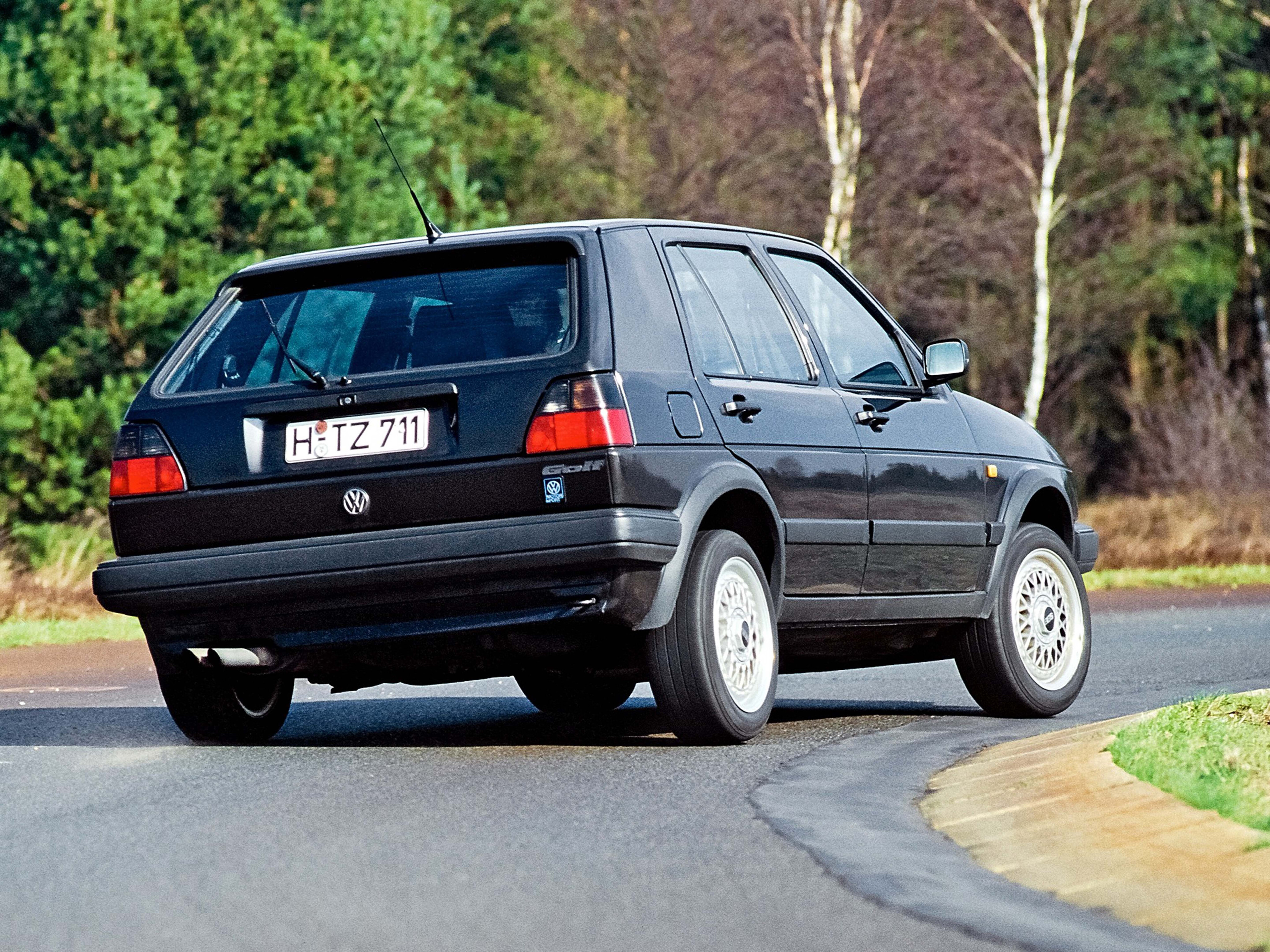
This, in many regards, is the template for every Golf R that followed.
The exterior was deliberately downplayed. A single-headlamp grille was outlined by a subtle blue trim detail rather than red, with a simpler chin spoiler devoid of foglamps.
True spotters would identify the marginally wider 15-inch BBS RM wheels and the plastic arch extensions that were required to accommodate them.
The cabin featured luxury touches like leather trim, heated seats, central locking and electric windows, while anti-lock brakes were also standard fit. The price today? Let’s just call 100,000 Euros an opening point of negotiation.

3. Mk5 GTI
Don't call it a comeback
It’s often under-appreciated quite what a run of duds the Mk5 GTI finally ended. There wasn’t a great Mk3 or Mk4 GTI model, which was a yawning span of 12 years of mediocrity.
Towards the tail end of that period, it was generally accepted that the GTI had grown old and succumbed to the worst sort of middle-aged spread. Fiercer, hungrier rivals had emerged around the turn of the century, which included cars like the Audi S3 and the Honda Integra Type R.
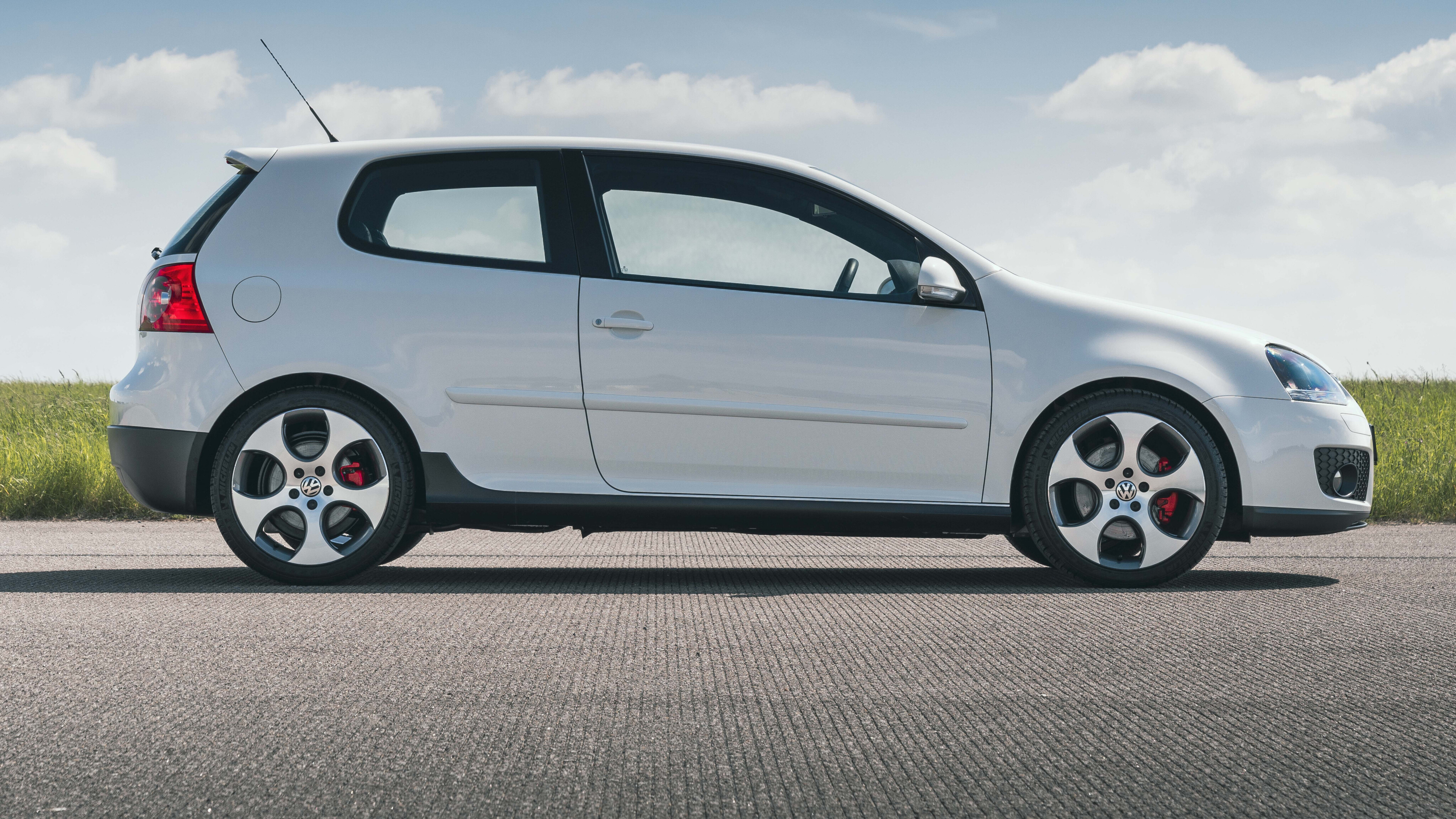
Even the wholly awful Peugeot 206 GTi was a sharper steer than the flabby Mk4 GTI. Meanwhile, the all-wheel-drive Impreza WRX had created its own sub-niche.
The Golf GTI Mk5 was a stunning riposte. It retained the Golf’s feeling of solidity but backed that up with sparkling dynamics. Why? Volkswagen had driven the first-generation Ford Focus, looked at its clever control-blade rear suspension and realised there was more to this chassis engineering lark than it had previously acknowledged. So it poached them wholesale for the Golf V development.
If you can’t beat ’em, steal their best brains.

4. Mk2 GTI 16V
Forbidden fruit for Aussies
File this one under forbidden fruit. Well, to us anyway. When the Mk2 Golf GTI lobbed Down Under back in December 1989, the 16V had already been on the market in Europe for three years. Running on leaded fuel, it made 102kW at 6100rpm and 168Nm at 4600.
Unfortunately, Volkswagen had no interest in bringing a catalysed Golf GTI in right-hand-drive form to Australia and, as a result, our GTI was the humbler eight-valve which, when catalysed, made a feeble 77kW. The result? An 11.8-second 0-100km/h ability wasn’t getting anyone that excited.
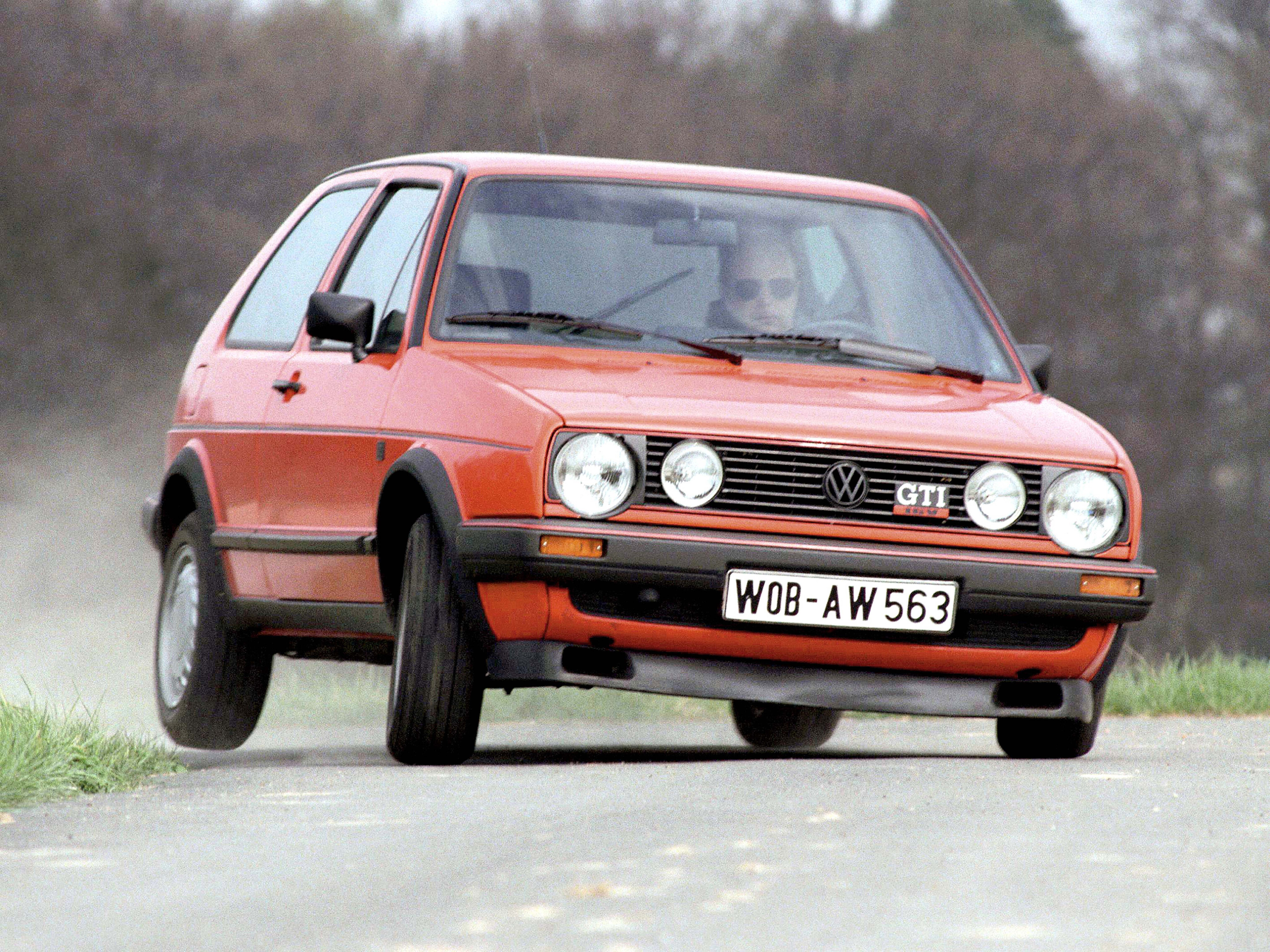
Compare that to the 7.9-second GTI 16V that we were denied which, all things considered, might be one of the most endearing ‘mainstream’ GTI variants ever built.
Gone was the spongy brake pedal of the Mk1, along with the original’s somewhat brittle ride. The 16V’s 185/60VR14 rubber was deemed pretty purposeful back then, as were the 239mm discs up front and 179mm rotors aft.
Below 3000rpm, though, the 16V felt as if it was suffering a red wine hangover, and it was only when you’d dialled 5000rpm onto the rev counter that it started paying back.
The gearing was such that you needed to wring it out in each gear in order not to fall into a torque hole on upshifts. Experienced 16V drivers would even hold the throttle in for an instant while upshifting in order to keep the revs high as they negotiated the long-throw manual shift. No, it wasn’t perfect, but it was exhilarating to keep on song.

5. Mk7.5 GTI Clubsport
Makes a Civic Type R seem soft
Is this the 911 GT3 of Golf GTIs? It’s the pared-back, track-oriented screamer of the family, and there are still a good constituency who believe Generation 7.5 to represent peak Golf. We’d perhaps take issue with that view, but we have no contention with the 228kW Clubsport S, the most powerful and focused production GTI ever.
Any car that can lap the Nordschleife in a blistering 7 minutes 47 seconds deserves to be taken seriously. After all, that’s on par with monsters like the Porsche 997 GT3 RS, Lamborghini Murcielago and BMW M3 GTS.
A 400-vehicle production run meant that the two-seat Clubsport S would always be oversubscribed and, sure enough, the entire allocation was sold out long before deliveries began.
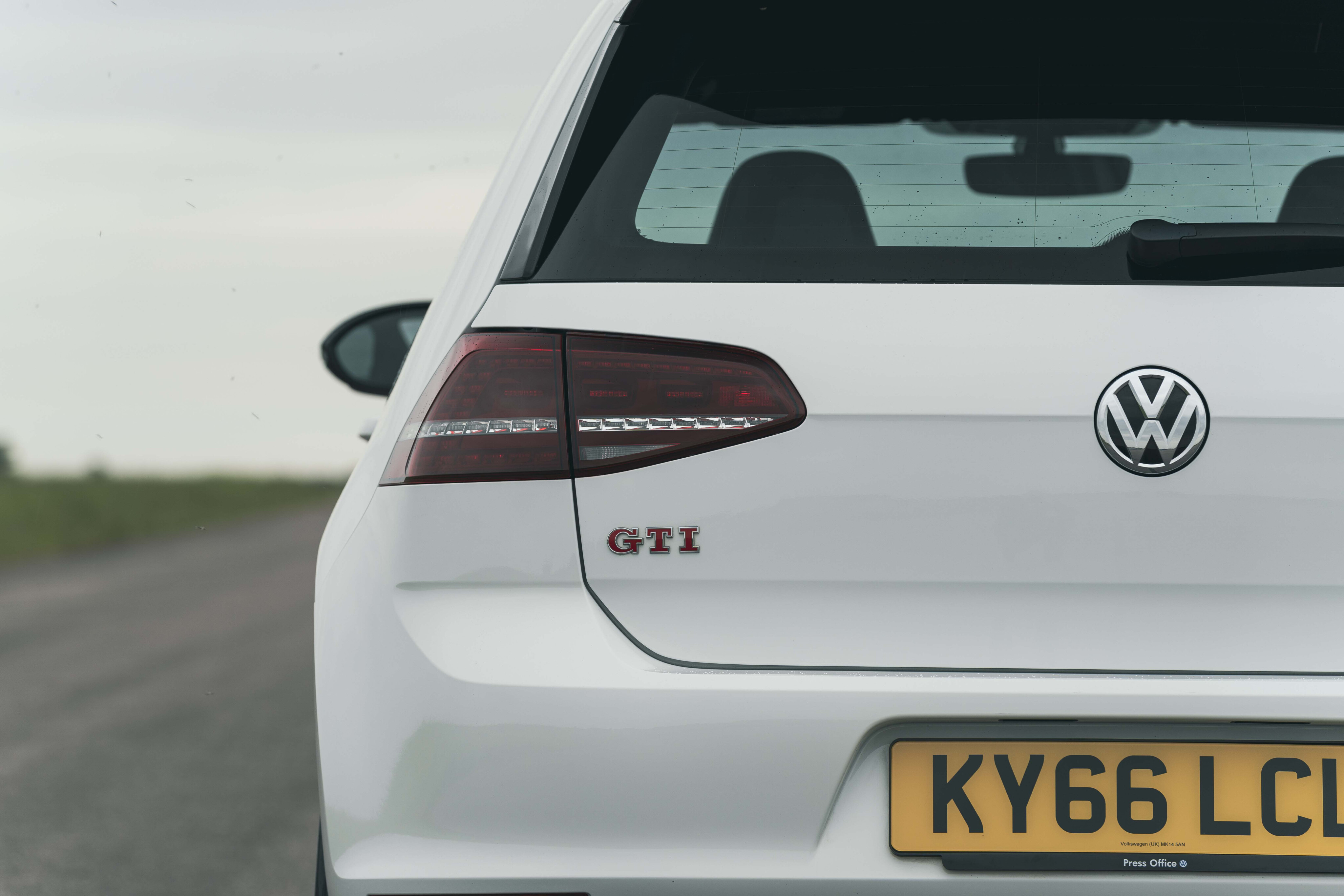
It’s still powered by the venerable EA888 2.0-litre and still sends drive exclusively to the front treads via a six-speed manual ’box and an electronically controlled limited-slip differential.
Yep, you read that right. Manual only. Granted, if it did have a dual clutch it would record a time even quicker than 5.8 seconds to 100km/h, but it seems that the engineers were willing to trade a little straight-line bragging rights for the agility that a 20kg weight saving would afford.
Buyers got bespoke dampers, revised front knuckles, lightweight aluminium subframes and less toe angle versus the standard Clubsport. While we didn’t get that car, we did get the 213kW Golf GTI TCR in the Mk7.5, which was an underrated gem. And we’re still waiting for a really angry GTI version of the Mk8.5.
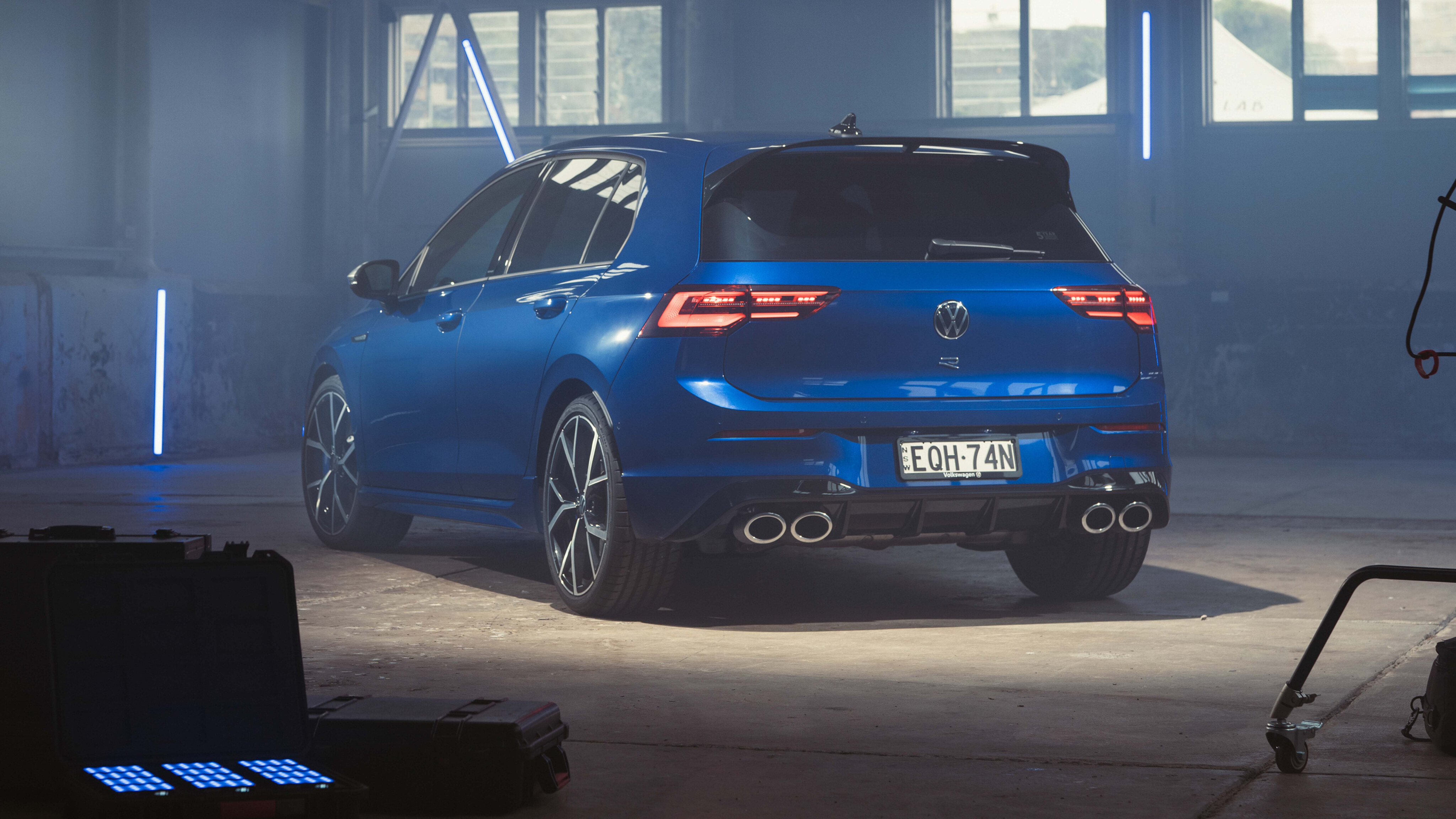
6. Mk8 R
One Golf to rule them all?
Could the Mk8 Golf R be the most underrated performance Golf in history? Let’s address the elephant in the room. The infotainment interface does leave a bit to be desired. But let’s keep things in context.
This is a brilliant driver’s car and moaning about haptic controls or non-illuminated air-con buttons is, in the greater scheme of things, about as churlish as getting a ticket to the FIFA World Cup Final and claiming that the awkward packaging of your half-time pie ruined the whole experience.
With Mk8, Volkswagen introduced a level of playfulness and mischief to the formula – ingredients the quick and precise Golf R had previously been accused of lacking.

That’s largely down to the inclusion of its brilliant torque-splitting differentials, but also courtesy of sophisticated damping with a Nürburgring setting that caters for the bumps and imperfections of Aussie roads really well.
With 235kW at its disposal and huge grip allowing it to rocket off the line to hit 100km/h in 4.7 seconds, the Mk8 Golf R is properly quick. It can even switch itself into a rear-biased mode and overspeed the rear axle for smoky drifts.
Purists may still prefer the GTI and bemoan the fact that Mk8 Golf R was never offered with a three-pedal variant, but keep your eye on this one as a future used performance bargain.
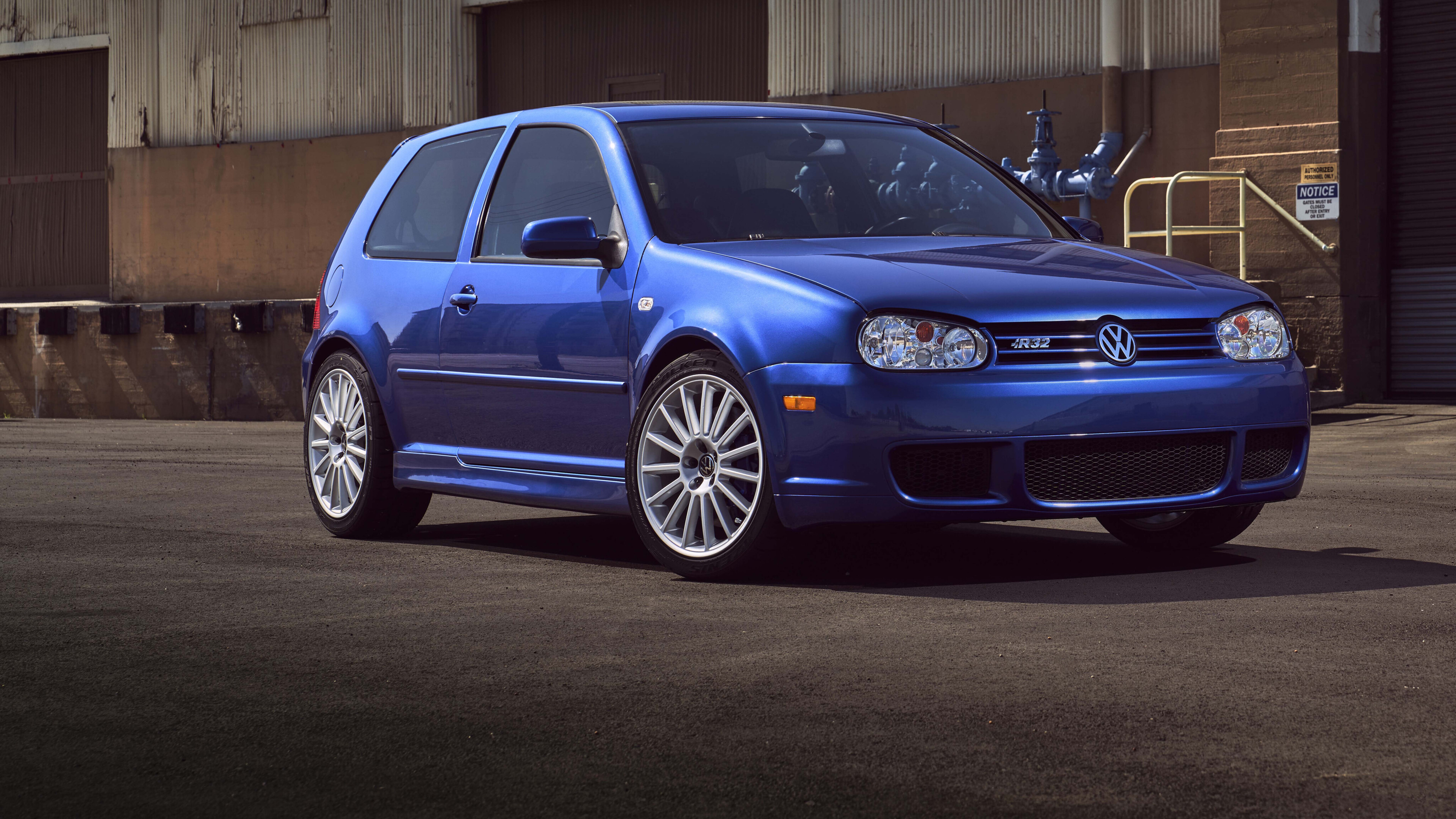
7. Mk4 R32
Respect is due
The flameproof suit is on. The Mk4? That fat slug? What’s that doing in a list of the greatest Golfs? Bear with me on this one.
It’s all about the bigger picture. Taken in isolation, most would identify the Mk4 R32 isn’t a great sports car. It’s too heavy, the naysayers would claim. They’d point to the fact that the Haldex all-wheel-drive system has its limitations, and there was no shortage of sharper, cheaper rivals about.
Still, Peter Robinson went to drive one in September 2002 and claimed that it “delivered on the promise of real substance as the fastest and most powerful Golf ever”. Well, after the lacklustre Mk3, surely anything vaguely competent would have seemed a revelation.
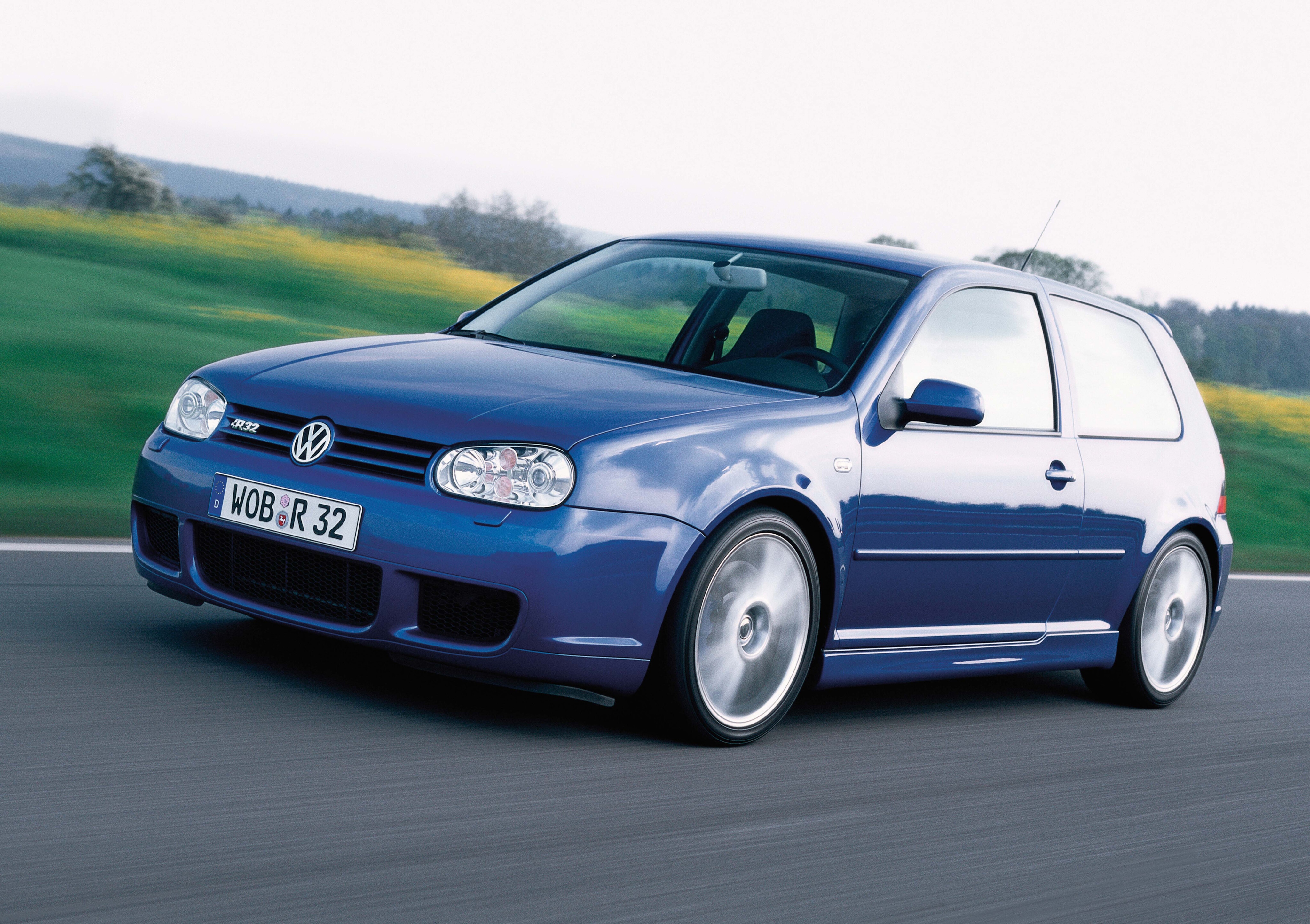
By today’s standards, 1477kg doesn’t seem particularly lardy at all. It’s less than some current versions of the GTI.
What’s more, the 3.2-litre VR6 engine and all-wheel drive delivered genuine all-weather pace, with a huge 320Nm dollop of torque ladled on at just 2800rpm. Remember, this is all without the benefit of any forced induction.
Couched in those terms, the Mk4 R32 is far from the clogger that many would paint it to be. Sure, with that much weight in the nose, it’ll succumb to gentle understeer.
But back out when that happens and the hilariously casual ESC system allows the nose to tuck and the rear end to edge out by a few degrees. It’s fun, the VR6 engine has a stack of character and the styling has aged surprisingly well. Without the R32, there’d have been no template for the Golf R.
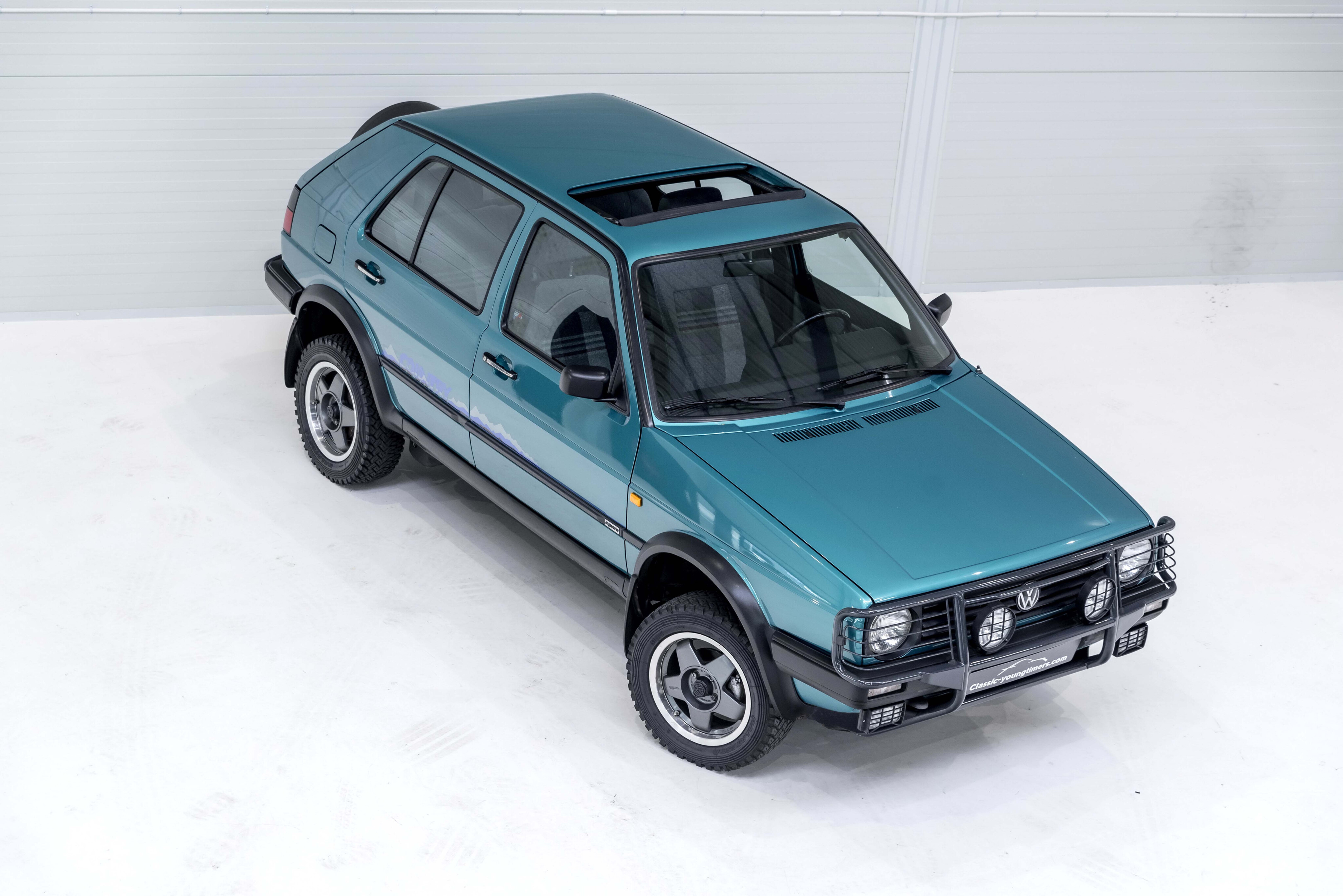
8. Mk2 Country
Keep your stupid Sterrato
Yep, another Mk2 Golf that’s not a Rallye. The Country was something altogether cooler. Long before we had Dakars or Sterratos, here was a Golf GTI made to go off road. It debuted at the 1989 Geneva Show as the Montana concept, and an avalanche of demand followed.
The Country wasn’t a straightforward proposition to build. Five-door Golf CL Syncro bodies were trucked to the Steyr-Daimler-Puch plant in Graz, Austria, whereupon a total of 438 unique parts turned them into Country variants.
This included the headlamp protectors, sump guard, chrome bull bars, an externally mounted spare wheel, raised suspension offering 210mm of ground clearance, and a tubular lower subframe with accompanying plating for vulnerable items like driveshafts.
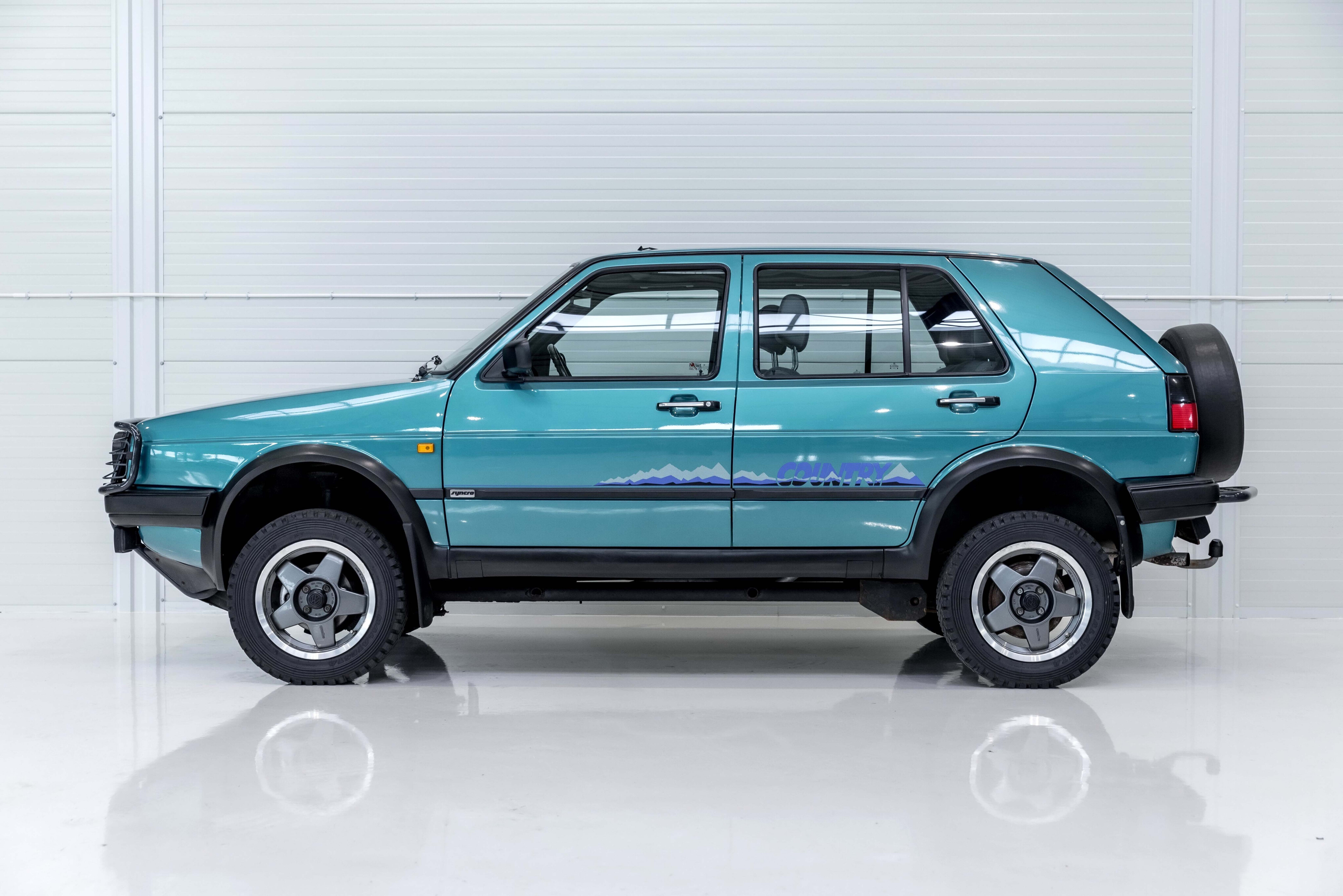
It even got a swing-away wheel carrier on the tailgate.
Between 1990 and 1991, a not insignificant 7735 vehicles rolled out of Graz. Most were powered by the standard 1.8-litre eight-valve engine from the Golf GTI, but there were 50 Wolfsburg Editions which featured the 16-valve unit, which were all earmarked for lucky Volkswagen executives.
While it lacked the low range required to tackle really gnarly terrain (but did have a lower-ratio final drive than the GTI), the Golf Country was popular with those who lived in the snowier parts of Europe. They’re sought after as used buys now, with a number being exported to the US from 2015 when the 25-year restriction had expired.

9. Mk5 GTI W12-650
A Golf with the heart of a Bentley
“Your scientists were so preoccupied with whether or not they could that they didn’t stop to think if they should.” The famous line from Jurassic Park resonates when it comes to the 2007 Mk5 Golf W12-650.
Yes, you could source a Bentley Continental GT engine, attach it to a VW Phaeton Tiptronic auto gearbox, fit Audi RS4 front brakes, Lamborghini Gallardo rear brakes and axle, and mount it all on a Golf platform, but was it wise? It was a true Frankenstein’s parts-bin monster, but we adore the fact that it appeared at all.
Built as a crowd pleaser for the annual GTI festival in Wörthersee, Austria, the W12-650’s exterior design work came courtesy of Marc Lichte and is a surprisingly cohesive riot of gaping grilles, squat stance, carbon roof, flying C-pillars and aggressive vents on its flanks. In order to accommodate the monster 12-cylinder engine, another 160mm of width was grafted in.
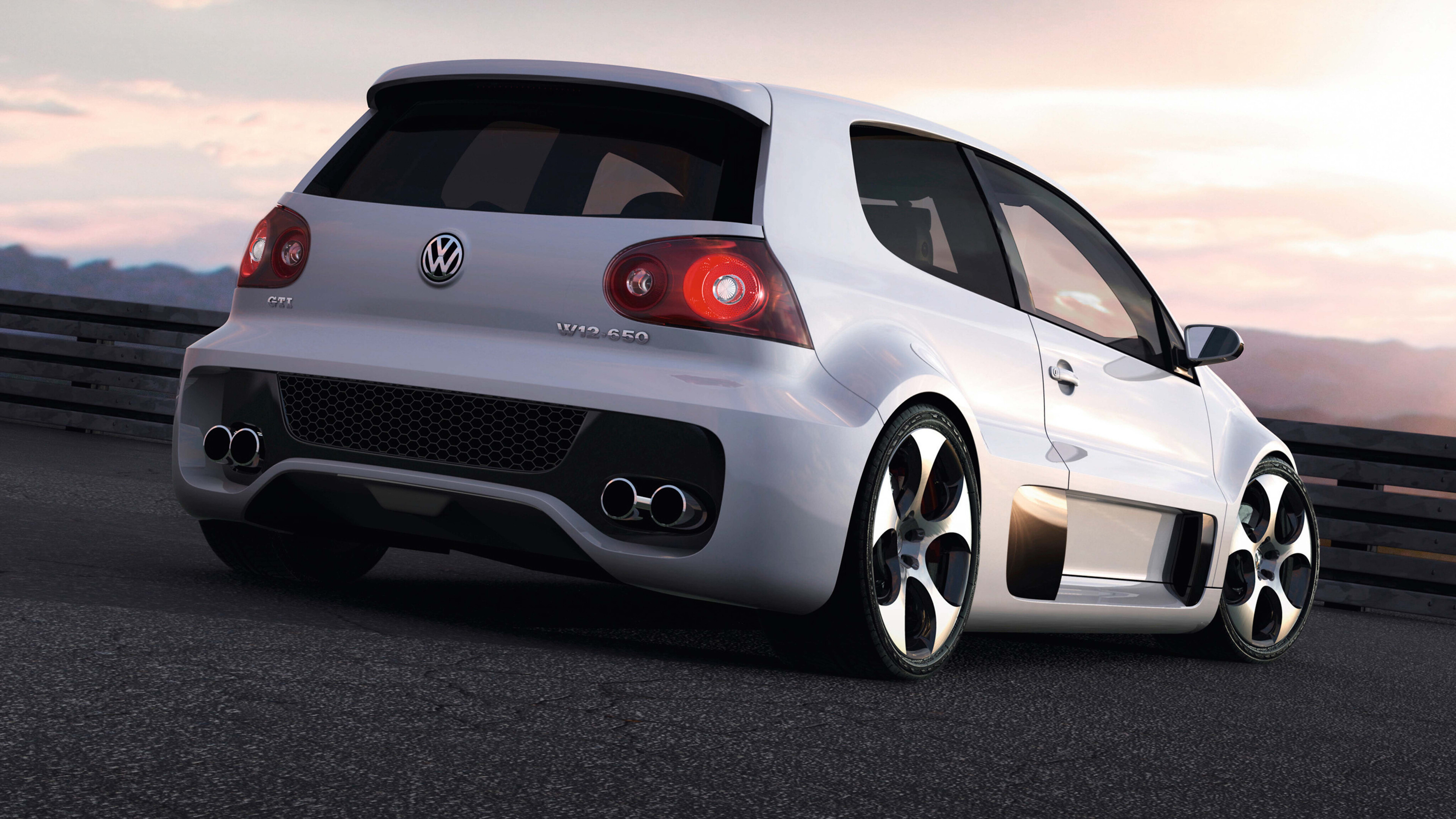
At the time it was unveiled, it was hoped that customer demand could even see it productionised. Sadly, this 477kW/750Nm uber-Golf never got any further than the one-off demonstrator stage.
By all accounts it was a bit of a handful to drive through corners, which is perhaps not surprising. A full development program would probably have ironed out its dynamic vices. We’ll never know. Both it and the Wörthersee Festival are, sadly, mere memories.



COMMENTS